By: Dale L. Sheldon, originally written for his blog, The Wandering Genealogist, on 20 Dec 2015. Republished here with permission.
When I first began looking into my Sheldon ancestry I came across the book that all Sheldon researchers eventually stumble upon. The Sheldon Magazine, first published by the Rev. Henry O. Sheldon in 1855, based on work he began to compile in 1835. This publication, and its later editions, have been the primary genealogical work of the five colonial Sheldon families in the United States. Today, it has been the foundation for a new Sheldon genealogical database for SheldonGenealogy.org.
In this great work I found reference to my 4th-great-grandfather Gideon Sheldon (born 1804) and his wife Sarah Stafford (1809-1846) of Westport in New York’s upstate Essex County. The original magazine only listed their first four children – Deborah, Ruth, Nancy and Joel – although I believe there was an earlier son. I was already very well aware of Gideon and Sarah as their names had been recorded in my family as the parents of my very well known 3rd great-grandfather, William Wallace Barbour Sheldon (1836-1915). Wallace, as he was commonly known, had arrived in my home city of San Francisco in 1875 from New York. Here he worked as a respected architectural engineer building massive structures for the Pacific Improvement Company, owned by the California “Big Four”. Some of his projects included the original Santa Monica Pier system (with a train), the Del Monte Hotel in Monterey, the original main railroad station for Sacramento, and the private mansion of Mark Hopkins at the top of Nob Hill in San Francisco. It is believed that he was also present at the laying of the Golden Spike at Promontory Point, Utah.

Cevedra married Mary Elizabeth (maiden name unknown) in about 1860 and they had one daughter, Emma, in 1862. Emma married Levi Chase in about 1885 and had four children in Montclair, New Jersey. Cevedra ran into some legal trouble in the 1890’s and moved in with his daughter and her family. He died in Montclair in 1892. Despite any small trouble he might have experienced in his later years, he was still described as “gentleman” under his occupation on his death certificate.

He was more successful the following year. In 1876 he designed the first commercially mass produced mechanical reclining chair. This chair, produced by the Marks Adjustable Folding Chair Company, became popular at hospitals and spas as well as at private homes. Examples of it can be found at the Hotel de Paris Museum in Colorado and the Chicago Institute of Art. But there is one other beautiful example of this fine chair. It sits in the reading corner of my bedroom.

Cevedra married Mary Elizabeth (maiden name unknown) in about 1860 and they had one daughter, Emma, in 1862. Emma married Levi Chase in about 1885 and had four children in Montclair, New Jersey. Cevedra ran into some legal trouble in the 1890’s and moved in with his daughter and her family. He died in Montclair in 1892. Despite any small trouble he might have experienced in his later years, he was still described as “gentleman” under his occupation on his death certificate.

One of his most prosperous projects was the construction of “The Sheldon”, built in 1889 at the corner of President Street and 7th in Park Slope, pictured above. He sold this a year later to Josiah H. Smith for a 1,700 acre stock farm in El Paso and Douglas Counties in Colorado and $20,000 in cash – a little over half a million today. The Colorado property sat just west of Monument, Colorado and just north of Colorado Springs, Colorado. It also included what is now the Fox Run Regional Park.
But it wasn’t his buildings that made him rich, they were simply an investment from funds earlier acquired. It was his love of design. Specifically, designing chairs. It took some work, not all of his ideas went over well. One earlier idea was a configuration of rowed seats, which he called “Sheldon’s Auxiliary Car Seat” in 1875, allowed for a second row of seats at street cars suspended on bars above the primary row. As of yet there is no record of the seats ever being used in practice. It would have kept people at extremely close quarters and might have been uncomfortable.

He was more successful the following year. In 1876 he designed the first commercially mass produced mechanical reclining chair. This chair, produced by the Marks Adjustable Folding Chair Company, became popular at hospitals and spas as well as at private homes. Examples of it can be found at the Hotel de Paris Museum in Colorado and the Chicago Institute of Art. But there is one other beautiful example of this fine chair. It sits in the reading corner of my bedroom.

Cevedra married Mary Elizabeth (maiden name unknown) in about 1860 and they had one daughter, Emma, in 1862. Emma married Levi Chase in about 1885 and had four children in Montclair, New Jersey. Cevedra ran into some legal trouble in the 1890’s and moved in with his daughter and her family. He died in Montclair in 1892. Despite any small trouble he might have experienced in his later years, he was still described as “gentleman” under his occupation on his death certificate.
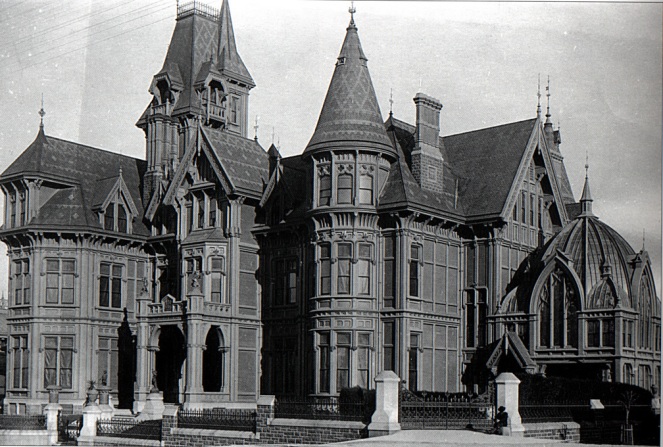
Our family records also noted the other children of Gideon and Sarah, although we only had first names and no other information. No dates, not even genders. They were listed as Deborah, Ruth, Nancy, Joel, Wallace, Cevedra and Juliet. Over time I was able to find that Deborah worked as a maid, unmarried, through to at least 1855 when I lose track of her. Ruth Elizabeth Sheldon married Joseph M. Williams and had three children. They lived out their entire lives in Westport. I’ve found no record of Nancy, other than the Sheldon Magazine. Joel Stafford Sheldon, named after his maternal uncle, became a hero during the Civil War and married Elvira Bliss, nurse and niece of Dr. Bliss who assisted both Presidents Lincoln and Garfield after their assassinations. Juliett died unmarried in Westport in 1867, but I found no record at all of the final sister Cevedra.
I should say, I found no record of her until a few years ago when the 1855 New York State Census became available on FamilySearch.org. There I found Gideon living with his daughter “Elizabeth Williams” and her family. But also in the household, surprisingly was “Sevedra Sheldon”, a BOY age 15. For all of those years I had assumed that Cevedra was a girl, but I was wrong.
Finally realizing that the name “Cevedra Sheldon” would have existed far beyond 1855 (I had previously assumed that “she” had married and changed surnames), I started looking for any instance I could find of my new found uncle. And I didn’t have to look far. Like Wallace before him, Cevedra had moved to Brooklyn, New York to make his fortune as an architect and builder. Still remembered today for his extraordinary and extensive work in the Park Slope District, he was probably more successful than his California brother.

One of his most prosperous projects was the construction of “The Sheldon”, built in 1889 at the corner of President Street and 7th in Park Slope, pictured above. He sold this a year later to Josiah H. Smith for a 1,700 acre stock farm in El Paso and Douglas Counties in Colorado and $20,000 in cash – a little over half a million today. The Colorado property sat just west of Monument, Colorado and just north of Colorado Springs, Colorado. It also included what is now the Fox Run Regional Park.
But it wasn’t his buildings that made him rich, they were simply an investment from funds earlier acquired. It was his love of design. Specifically, designing chairs. It took some work, not all of his ideas went over well. One earlier idea was a configuration of rowed seats, which he called “Sheldon’s Auxiliary Car Seat” in 1875, allowed for a second row of seats at street cars suspended on bars above the primary row. As of yet there is no record of the seats ever being used in practice. It would have kept people at extremely close quarters and might have been uncomfortable.

He was more successful the following year. In 1876 he designed the first commercially mass produced mechanical reclining chair. This chair, produced by the Marks Adjustable Folding Chair Company, became popular at hospitals and spas as well as at private homes. Examples of it can be found at the Hotel de Paris Museum in Colorado and the Chicago Institute of Art. But there is one other beautiful example of this fine chair. It sits in the reading corner of my bedroom.

Cevedra married Mary Elizabeth (maiden name unknown) in about 1860 and they had one daughter, Emma, in 1862. Emma married Levi Chase in about 1885 and had four children in Montclair, New Jersey. Cevedra ran into some legal trouble in the 1890’s and moved in with his daughter and her family. He died in Montclair in 1892. Despite any small trouble he might have experienced in his later years, he was still described as “gentleman” under his occupation on his death certificate.

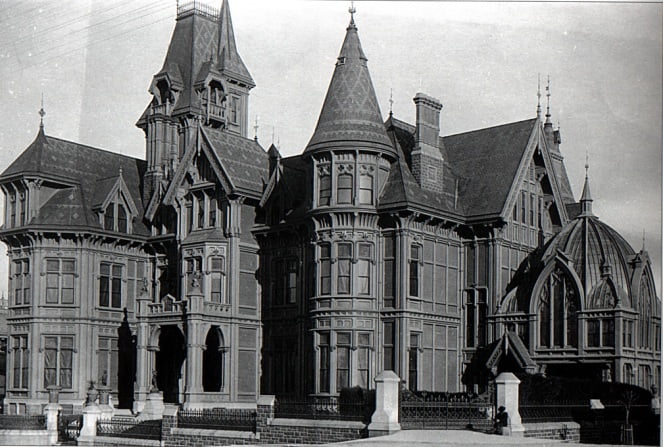
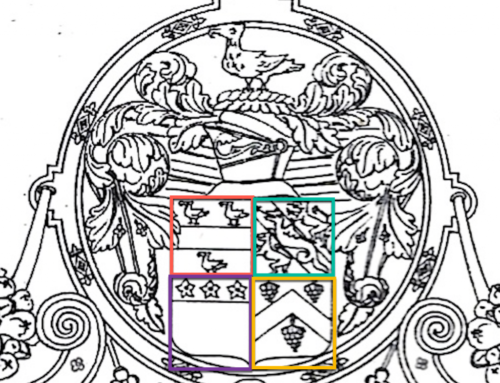
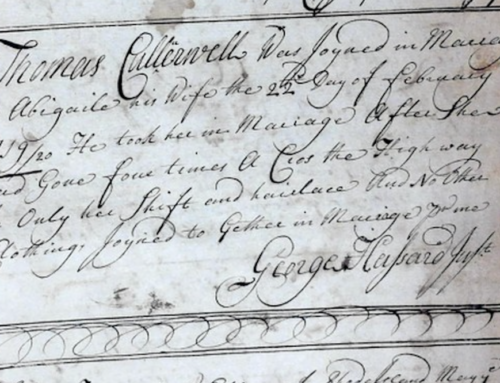
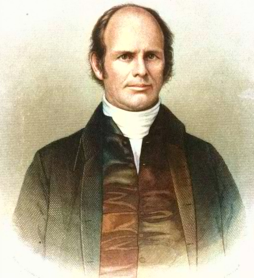

Leave A Comment
You must be logged in to post a comment.